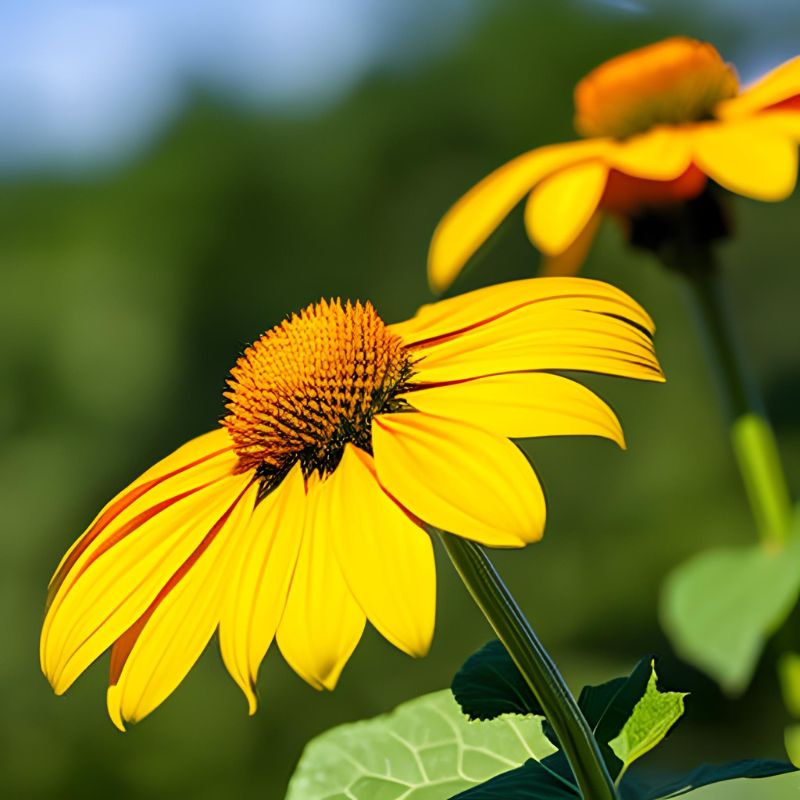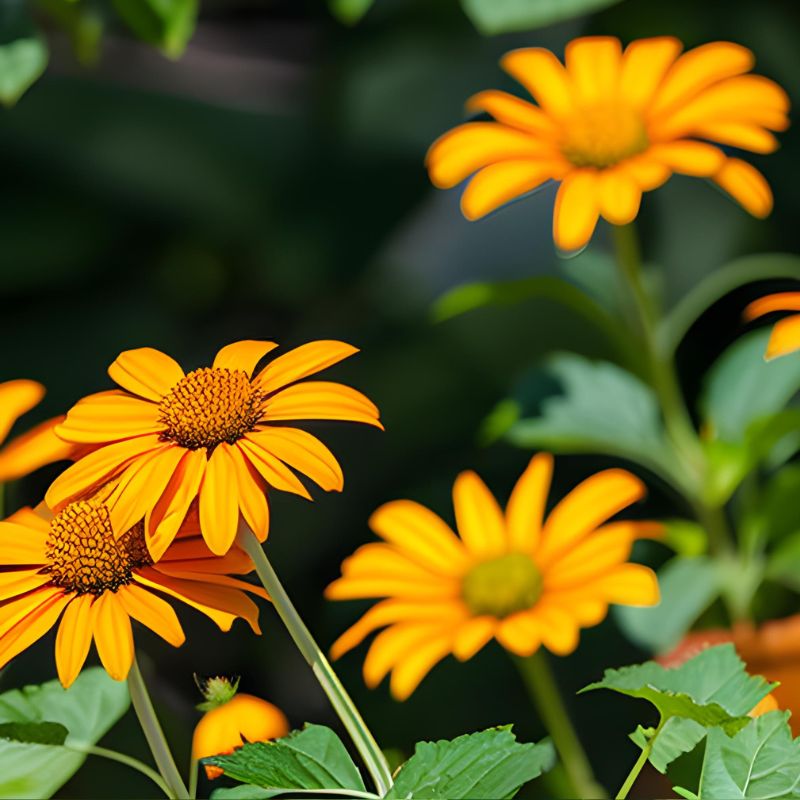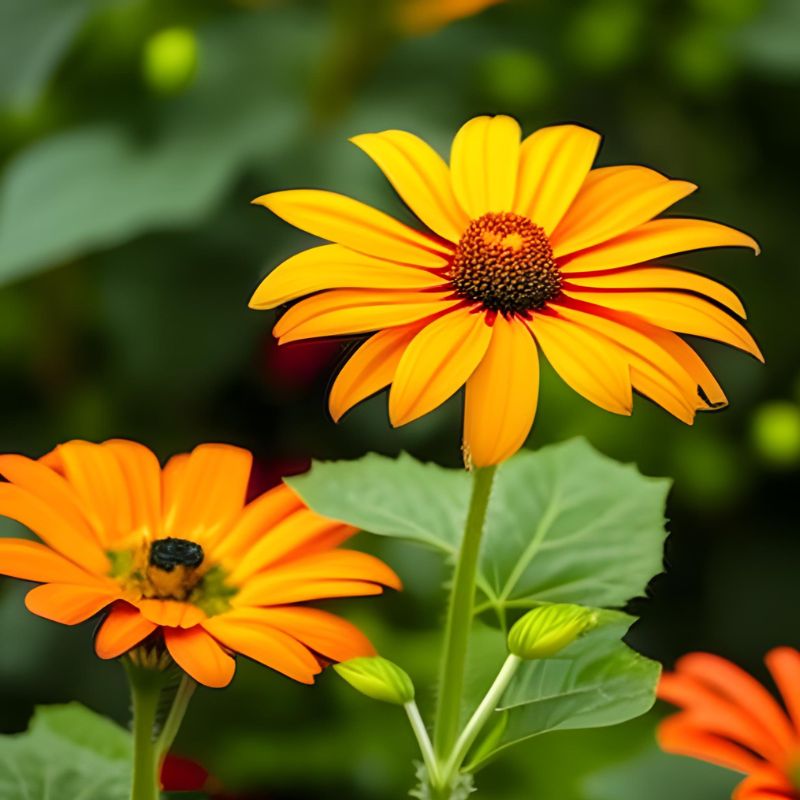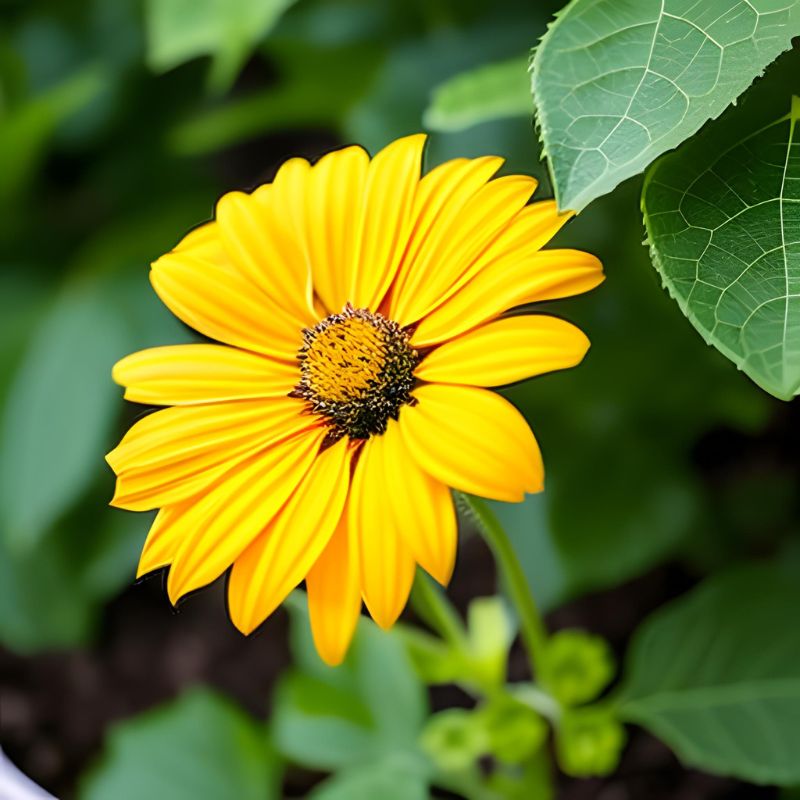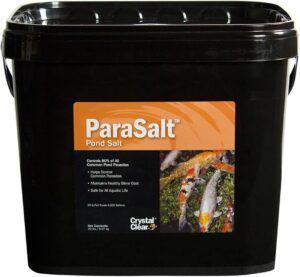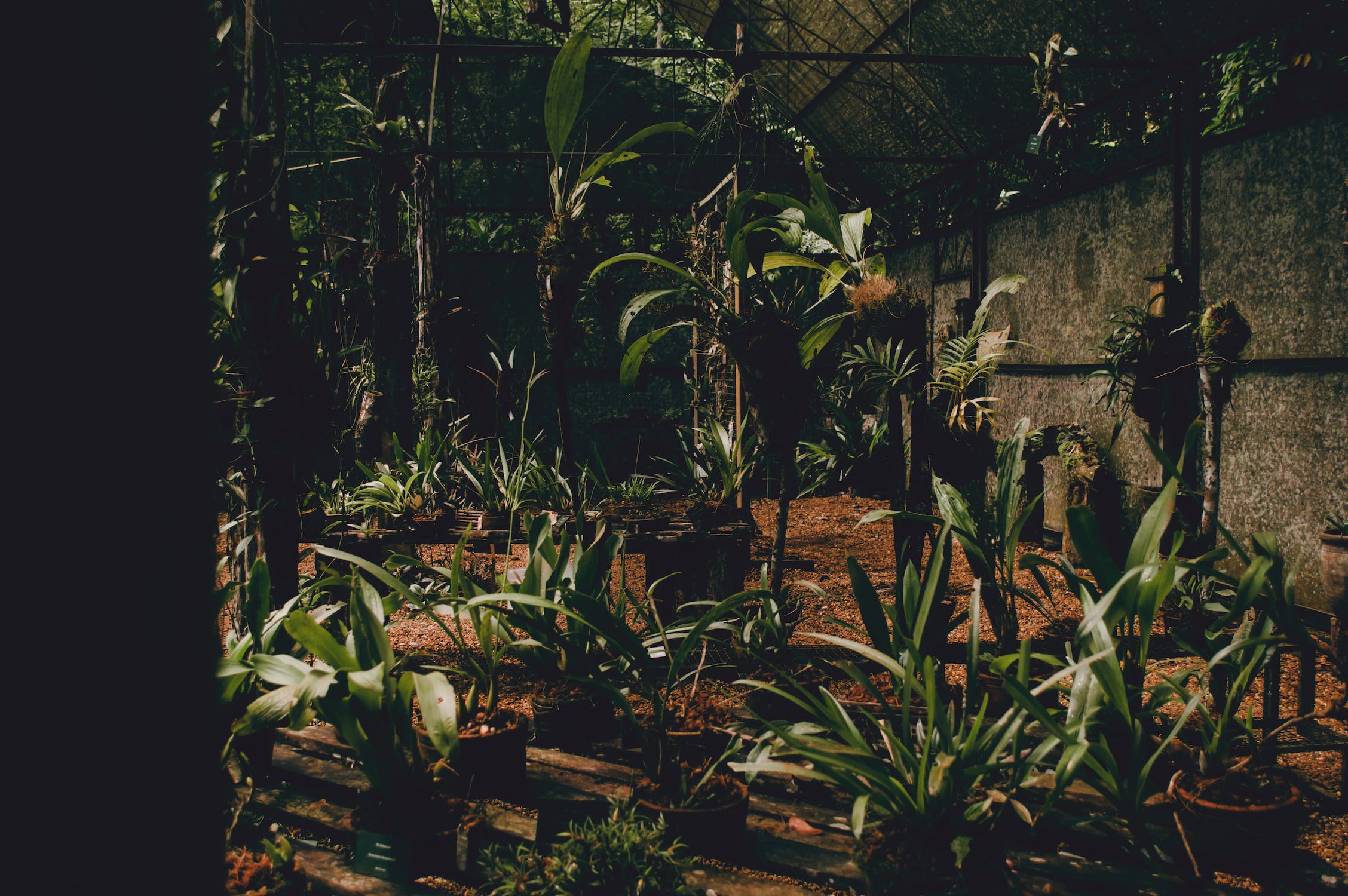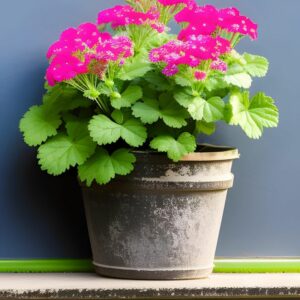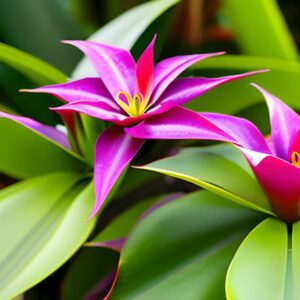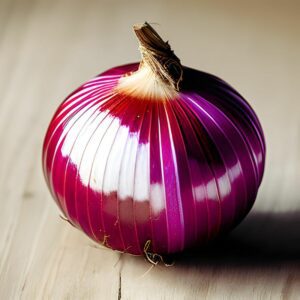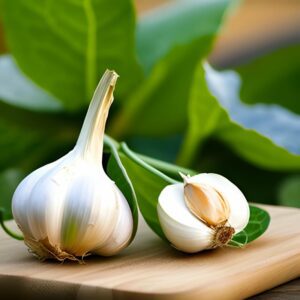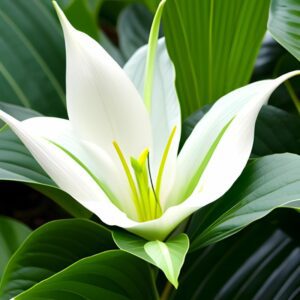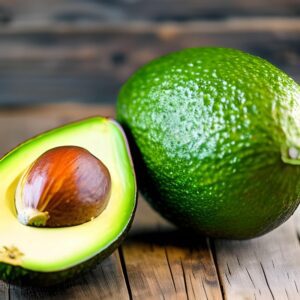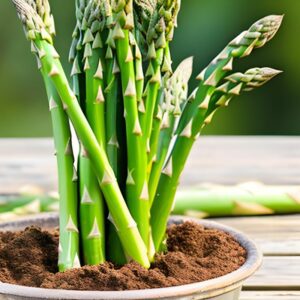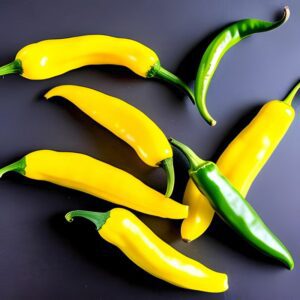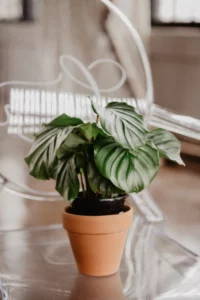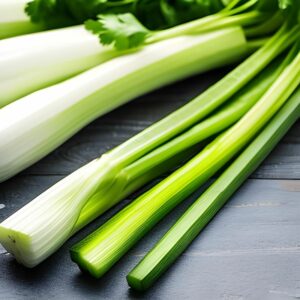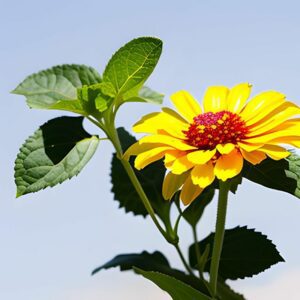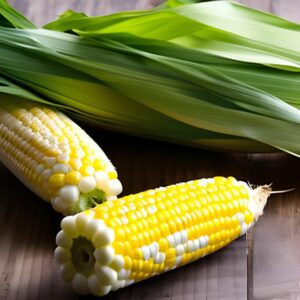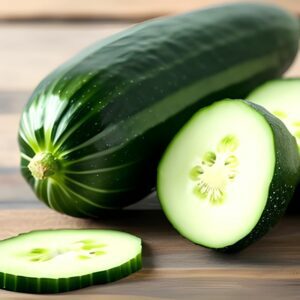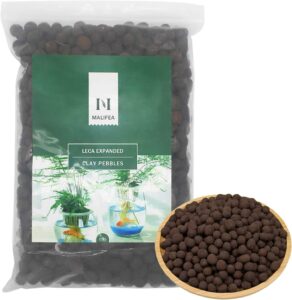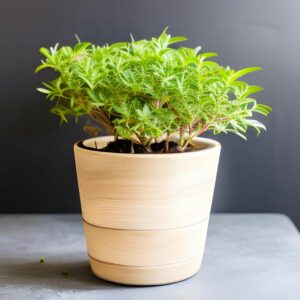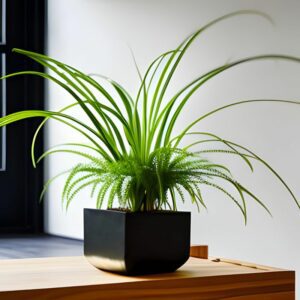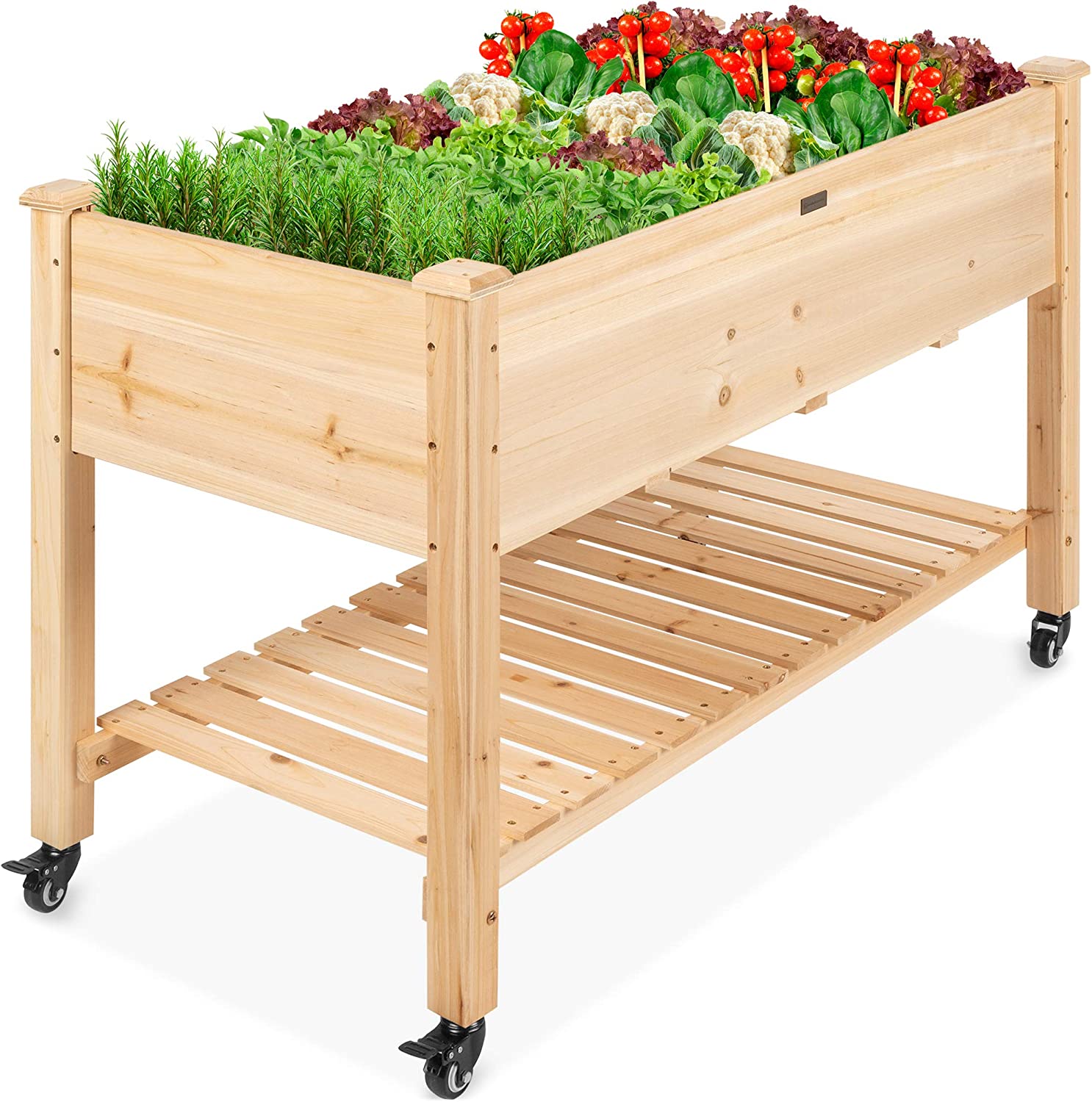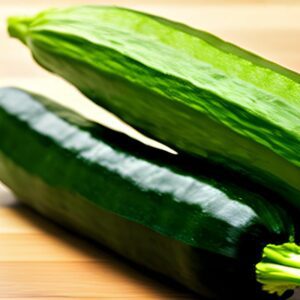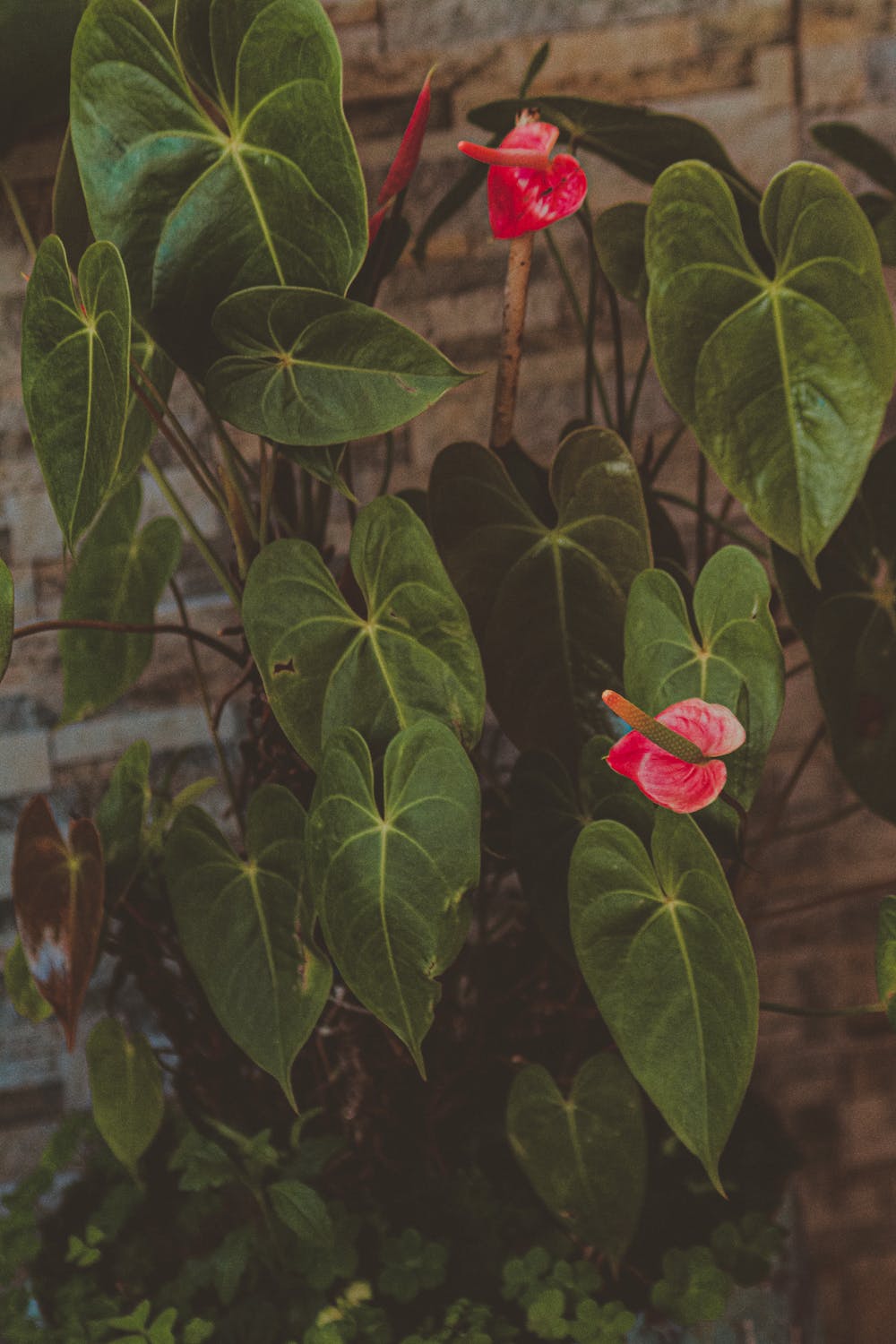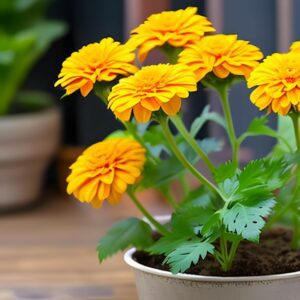Mexican Sunflower
Flowers
- Mexico
- Easy
- 60-80 days
Introduction
The Mexican Sunflower is a vibrant flowering plant native to Mexico. With its brilliant orange or yellow blooms, it adds a burst of color to gardens and attracts pollinators like bees and butterflies. This plant is easy to grow and is a favorite among gardeners for its long-lasting and eye-catching flowers.
Plant Characteristics
Mexican Sunflower features tall stems with large, daisy-like flowers that can reach heights of 3-6 feet. The flowers are typically orange or yellow, but cultivars with red or bicolor blooms are also available. The leaves are lance-shaped and green, providing an attractive backdrop to the colorful flowers.
Ideal Growing Conditions
Mexican Sunflower thrives in full sun and well-drained soil. It is tolerant of heat and drought, making it suitable for hot climates. This plant can adapt to a variety of soil types but prefers fertile soil with good organic matter content.
Planting Guide
Plant Mexican Sunflower after the last frost date in your region. Prepare the soil by loosening it and removing any weeds or debris. Sow the seeds directly into the garden, spacing them about 12-18 inches apart. Cover the seeds lightly with soil, water gently, and keep the soil moist until germination occurs.
Watering and Fertilizing
Mexican Sunflower requires regular watering, especially during dry periods. Water deeply, allowing the soil to dry slightly between waterings. Avoid overwatering, as it can lead to root rot. Fertilize the plant with a balanced, water-soluble fertilizer every 4-6 weeks during the growing season.
Pruning and Maintenance
Mexican Sunflower generally does not require pruning. However, you can pinch back the stems when the plant is young to encourage bushier growth. Remove any faded flowers to promote continuous blooming.
Harvesting or Flowering
Mexican Sunflower blooms from mid-summer to fall, producing a profusion of colorful flowers. Enjoy the vibrant blooms and cut some for floral arrangements to bring indoors.
Post-Harvest Care
After the flowering period, Mexican Sunflower may develop seed heads that attract birds. Leave the seed heads on the plant if you want to provide food for wildlife. If you wish to collect seeds, allow the seed heads to dry on the plant, then collect and store them in a cool, dry place for future sowing.
Troubleshooting
Mexican Sunflower is generally a hardy plant but can be susceptible to powdery mildew in humid conditions. Ensure good air circulation around the plant and avoid overhead watering to minimize the risk of disease. If necessary, apply an appropriate fungicide as directed.
Fun Facts
Mexican Sunflower is not only a beautiful garden plant but also serves as a valuable nectar source for bees, butterflies, and other pollinators. Additionally, it belongs to the same plant family as sunflowers but has a distinct appearance with its slender stems and smaller, daisy-like flowers.
